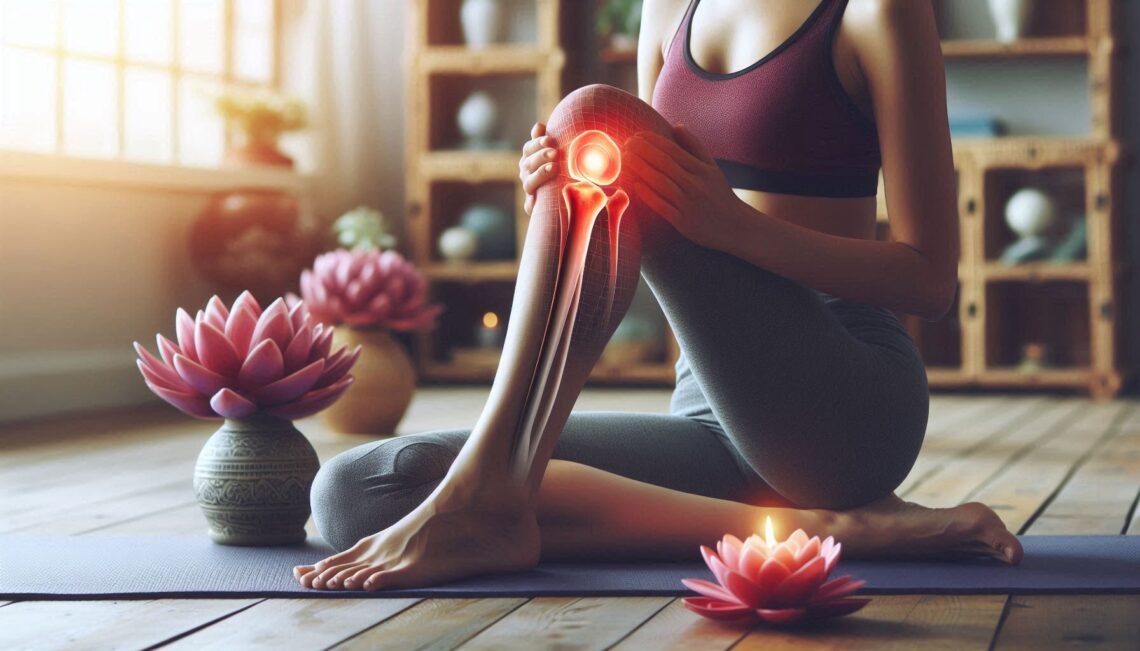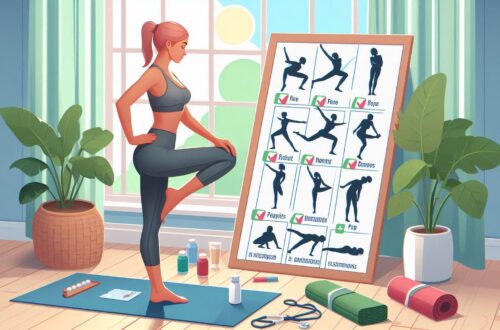Knee pain can really throw a wrench into your day-to-day activities, impacting all sorts of things from morning jogs to simply walking up the stairs. But before jumping into solutions, it’s worth knowing what exactly might be causing this discomfort. Honestly, it’s not just about wear and tear.
The knee is a bit of a marvel – it’s that joint where the thigh bone, shinbone, and kneecap meet. It’s cushioned by cartilage and held together by ligaments and tendons. Any part of this structure could be causing trouble, and usually, it’s a mix of factors. Quite often, the culprit is a bit of arthritis, an old injury acting up, or even just overuse from life’s hustle.
Age does come into play with knee pain, but it’s not just a problem for the older folks. Athletes, those with jobs that keep them on their feet, and even those who spend all day sitting can be vulnerable. Weight is another factor – carrying extra pounds puts extra strain on those small joints, which can lead to quicker wear.
It’s not just about physical discomfort. Knee pain interferes with mobility, making activities you once loved less enjoyable or even unbearable. Things like gardening, playing with your kids, or joining friends for a hike – knee pain can make you skip these little pleasures. Recognizing what’s behind your knee pain can guide you to better management and relief options.
Exploring the Benefits of Yoga for Knee Health
Ever considered yoga for helping with that nagging knee pain? Turns out, it’s not just for finding your zen. There’s real evidence backing the benefits of yoga for keeping those knees in check. It’s like giving them a little TLC. (TLC means “tender loving care”)
Yoga doesn’t just help in flexibility but also strengthens the muscles around the knee. By doing this, it helps in better support and alignment, which could reduce the strain that might be causing pain. Not to mention, yoga practices often include mindful breathing and relaxation techniques, which can aid in managing pain perception.
Now, when it comes to selecting poses, a few have earned some gold stars for knee relief.
- Tree pose is known for building up the muscles around the knees without much stress.
- Then there’s the Warrior pose, which is great for both strength and stability.
- And if you’re into something a bit less intense, Bridge pose offers a gentle option that stretches the knees too.
It’s not just theories either. Folks who once struggled with knee discomfort are now advocates of yoga. Some people have shared their stories of pain turning into comfort with regular practice. They’ve found joy in movement again, from daily chores to outdoor adventures.
If you’re jumping into yoga for knee health, start slow and listen to your body. Keeping it gentle in the beginning and gradually increasing intensity helps prevent any strain. Consider joining a class where instructors can guide your form and adapt poses to suit your needs, ensuring safety while optimizing benefits.
The Role of Stretching in Alleviating Knee Discomfort
Got knee pain? You might be wondering if stretching can really help. Yep, it can, but there’s a right way to do it. Stretching can actually improve flexibility and release tension in the muscles around your knees, potentially reducing pain. But before you stretch, it’s important to ensure it’s safe for your specific situation. Consulting a healthcare professional is smart, especially when knee pain is severe or persistent.
If you get the green light to stretch, some tried-and-true moves might do the trick. Hamstring stretches can ease tightness at the back of your leg, and quad stretches target the front. Both are vital for knee mobility. Calf stretches also count, especially if you’re doing lots of walking or running.
Here’s a tip though: avoid bouncing or harsh movements during stretches. Focus on gentle, steady stretches and listen to your body. It’s all about easing into it and holding the stretch, not forcing it.
One pitfall to avoid is overextending or pushing too much. It’s tempting to go hard to see quick results, but this can make things worse. The goal is to find a nice balance where you feel a stretch, but there’s no pain. If it hurts, ease up.
And hey, stretching isn’t just about fixing knee pain; it’s about preventing it too. A regular, balanced stretching routine might keep those knees from acting up. So keep it consistent and make it part of your daily habits.
Common Mistakes that Aggravate Knee Pain
Making mistakes when dealing with knee pain is easier than you think, and it can end up making everything worse. One of the major slip-ups is ignoring proper form and technique during exercises. Whether it’s yoga, stretching, or even jogging, how you move matters. Incorrect form can put undue stress on your knees, leading to more pain instead of less.
Footwear can be a sneaky culprit too. Those worn-out sneakers or unsupportive shoes might not seem like a big deal, but they can really mess with your posture and knee alignment. Investing in good footwear that offers proper support can make a world of difference. It’s a small change that often goes overlooked but can prevent further knee troubles.
Another common mistake? Pushing through the pain. You might think you’re building resilience, but keeping on while in pain can lead to more significant issues down the road. It’s important to listen to your body. If something hurts, it’s your cue to stop and reassess—you’re looking to challenge, not injure your knees further.
Don’t forget your environment plays a role too. Hard surfaces like concrete can be brutal on your knees. If you exercise outside, a grassy field is kinder than pavement. Indoors, a mat can provide cushioning during yoga or stretches.
Lastly, lifestyle matters. Excess weight adds more pressure to your knees than you might realize, and losing even a bit can ease the load. Along with exercise, consider a balanced diet and other lifestyle tweaks to support knee health. Being proactive in these areas prevents you from sabotaging your well-intentioned efforts.
Achieving Immediate Relief and Long-term Knee Health
When your knees are really giving you grief, immediate relief becomes priority number one. One quick fix can be icing, which reduces swelling and numbs sharp pain. Elevating your legs can also help with reducing any swelling. Over-the-counter pain relievers might offer some temporary relief as well, but they shouldn’t be a long-term solution.
Moving forward with a smart, sustainable knee pain management plan is key to keeping pain at bay. Combining yoga and stretching is a great start, helping to maintain flexibility and strength. Joining a class or working with a trainer can provide guidance tailored to your specific needs.
Long-term relief is also about being kind to your knees through everyday actions. Consider maintaining a healthy weight to lessen the stress on your joints. Engage in low-impact exercises that don’t tax your knees, like cycling or swimming, which keeps you active without the pounding.
It’s also crucial to know when to call in the pros. Professional help from a physiotherapist or doctor can make all the difference if knee pain persists despite your best efforts. Often, they can suggest interventions or treatments that align with your condition and lifestyle.






